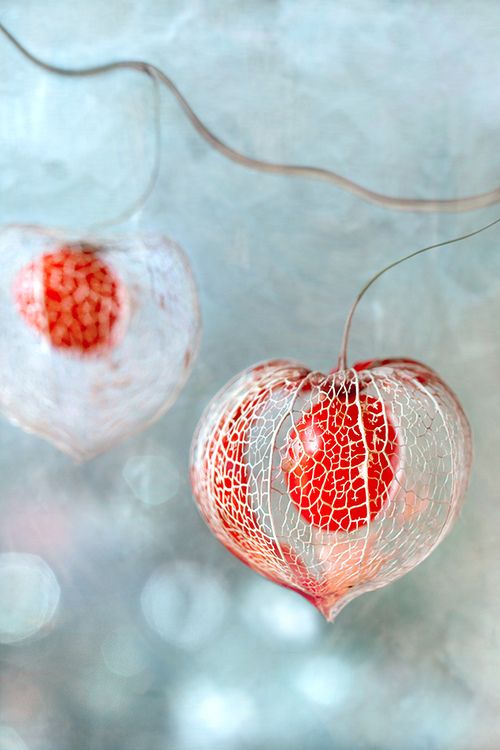Dear Integral Meditators,
How can we make our minds and emotions more resilient? One method is to build our store of strengths and positivity. The article below explores a simple, practical method of going about doing this….
In the spirit of emotional & mental resilience,
Toby
 Mindfully building your mental & emotional resilience 1 – The cycle of mindful positivity
Mindfully building your mental & emotional resilience 1 – The cycle of mindful positivity
How can we make our minds and emotions more resilient? One method is to build our store of strengths and positivity, the other is to make the way we deal with our challenges and energy drains more ergonomic, authentic and skillful. This article outlines a three stage process for doing the first, building mindful positivity. I will write about the second method at a later date. Here are the three basic stages:
1. Recognition of the good – From a mindfulness perspective, building positivity can be achieved on a basic level simply by spending definite time each day recognizing and paying attention to things that are positive, that we appreciate, that we are proud of, that we have achieved, that we are lucky to have, and so on, in our life. Recognition of these things contextualizes our daily experience in a positive light.
Feeling the good – It’s not enough just to recognize intellectually the things that are good, we are lucky to have and so on. We have to take these things and mindfully dwell upon the positive feelings that they generate in our body and emotional being. For example today I had a meeting with a client that was a really warm, positive exchange of insights and values. In order to gain the maximum positive energy from that experience I need to dwell more than just intellectually upon the experience. I need to accept, experience and feel the positive feelings that the meeting gave rise to, experiencing them in my body.
Embodying & expressing the good – As a final aspect of this ‘mindful digestion’ of positive energy, I can look for ways to express and act upon my positive experience. This in turn will create more ‘fuel’ for the first stage of my mindful positivity process ‘Recognition of the good’. So, we find this positive, three stage cycle becomes circular and mutually re-enforcing in our lives, helping us build our mental and emotional resilience.
Building mindful positivity as an exercise
This can be done very simply, as an exercise that lasts just a couple of minutes, or as a longer, more extended one.
- Spend some time dwelling upon the things that you appreciate, are excited by and/or consider good in your life. Direct your attention to these with appreciation
- Select one of these things (eg: for me my meeting with a client described above). Focusing upon it ask yourself the question ‘Where is the positive feeling I am getting from this experience located in my body, and what does it feel like?’ Bring your attention to the part of the body that the feeling is located in. As you breathe in allow yourself to experience the feeling fully, as you breathe out allow the good feeling and emotions to flow out from that part of your body into your body as a whole, filling you with positivity, enthusiasm and gentle excitement or appreciation. Make the experience as real and visceral as you can on an emotional and body level. Stay with this stage as long as you like, enjoy it!
- Finally, ask yourself, ‘How might I go about expressing or communicating these good feelings in my life to enjoy them further and spread them around?’ Try and find ways to follow up on the answers to this question after you have finished the exercise.
Related article: Mindfully balancing positive thinking with healthy realism , Facing what you cannot face – Mindful inoculation
© Toby Ouvry 2017, you are welcome to use or share this article, but please cite Toby as the source and include reference to his website www.tobyouvry.com
Upcoming Courses at Integral Meditation Asia
Ongoing on Wednesday’s, 7.30-8.30pm – Wednesday Meditation Classes at Basic Essence with Toby
Ongoing on Tuesday evenings, 7.30-8.30pm – Tuesday Meditation Classes at One Heart with Toby (East coast)
Tuesday & Wednesday evenings from June 6-7th – Practical meditations for spiritual awakening & enlightenment – A six week course
June 20th & 21st – Summer solstice balancing and renewing meditation
Integral Meditation Asia
Online Courses * 1:1 Coaching * Books * Live Workshops * Corporate Mindfulness Training *Life-Coaching * Meditation Technology

 Is your meditation a type of therapy, an art-form or a spiritual practice?
Is your meditation a type of therapy, an art-form or a spiritual practice?





